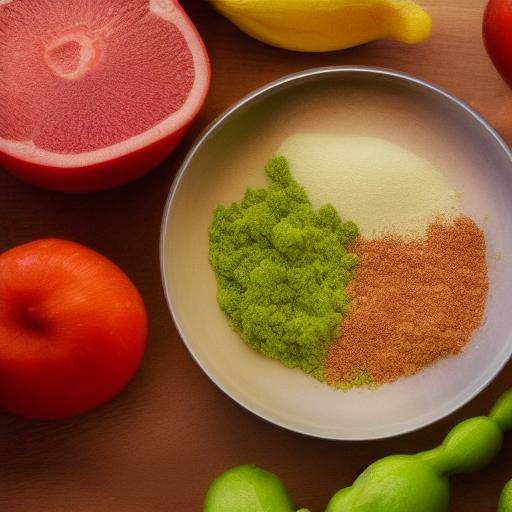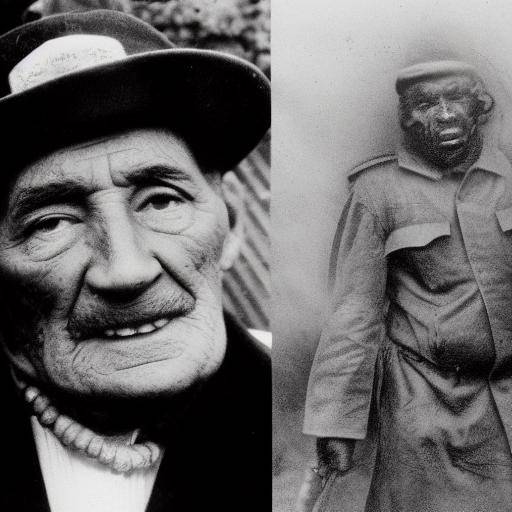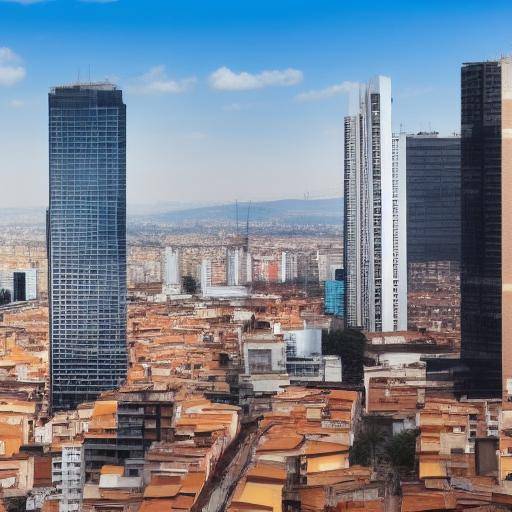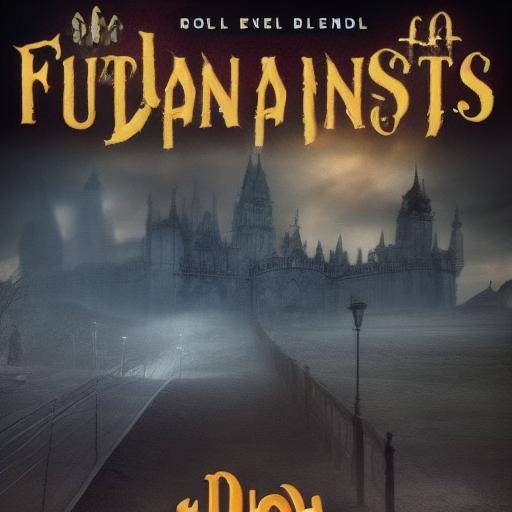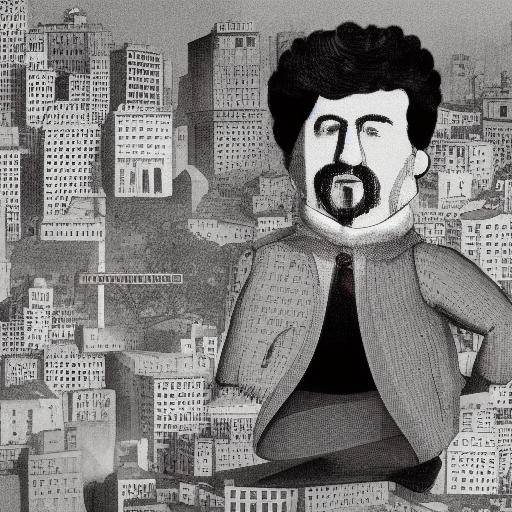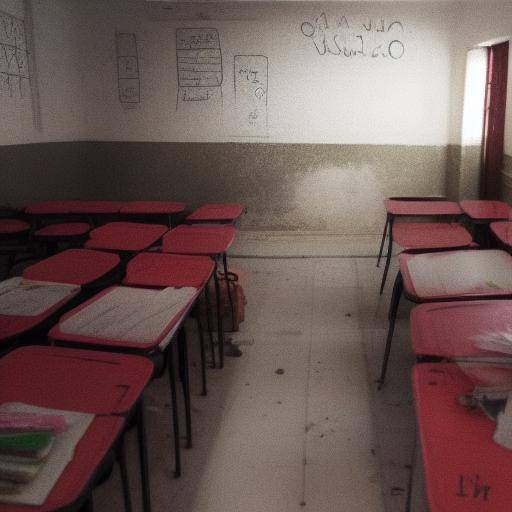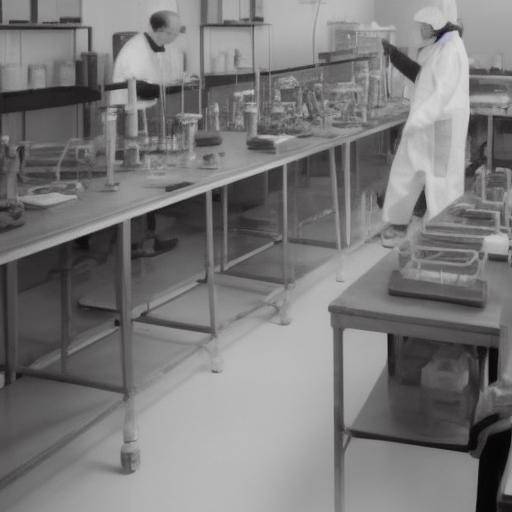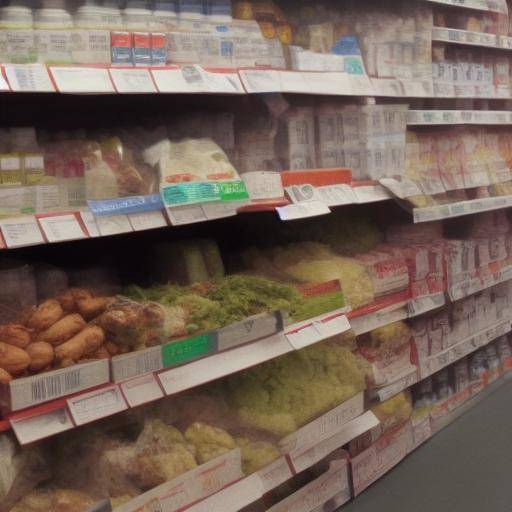
Food pollution has been a matter of concern throughout history. Who hasn't heard any urban legend or history of contaminated food-related terror? In this article, we will explore the real importance of food pollution, demystify urban legends and share stories that are true lessons of prevention. From its impact on society to practical advice and future projections, this article will cover everything related to this topic. Get ready to discover what's hidden behind these stories!
Introduction
Food pollution is a global concern that affects millions of people every year. Stories about food in poor condition, toxic ingredients and outbreaks of food-borne diseases have populated the collective imagination and have given rise to countless urban legends and horror stories. In this article, we will explore the reality behind these stories, giving you detailed information about food pollution, demystifying legends and providing practical advice to protect you and your family.
History and Background of Food Pollution
Concern about food pollution is not a recent phenomenon. Throughout history, there have been numerous episodes that have marked before and after in the way food security is perceived. From the creation of the first regulations to technological advances in food monitoring, the evolution of food practices has been closely linked to the fight against pollution.
Historical Origins
The origins of concern for food pollution go back to antiquity, where adulteration of food was a common practice. The Romans, for example, already had laws to regulate the quality of bread and wine. In the Middle Ages, baker and butcher guilds established rules to guarantee the purity of their products.
Significant Milestones and Developments
During the nineteenth century, industrialization and urbanization led to greater concern for food security, leading to pioneering legislation to protect consumers. A significant example is the 1906 Clean Food and Drug Law in the United States, which was a response to unhealthy conditions documented in the meat industry by Upton Sinclair in his book "La jungla".
Anecdotes and Case Studies
Notorious cases such as mass poisoning with colza oil in Spain in 1981, where thousands of people became ill and died due to the consumption of adulterated oil with industrial aniline, served as turning points in public awareness of the dangers of food pollution. Another famous case is the E. coli outbreak in Jack in the Box in 1993, which resulted in the death of four children and the disease of hundreds of people.
Analysis in Deep
Food pollution poses significant challenges in modern society, from production-related risks to impacts on public health. It is essential to understand the key aspects of this phenomenon to effectively address its prevention and control.
Types of Food Pollution
- Biological Pollution: Includes bacteria, viruses, parasites and fungi that can cause diseases. Common examples include Salmonella, E. coli and Listeria.
- Chemical Pollution: It refers to the presence of harmful chemicals in food, such as pesticides, herbicides, heavy metals and industrial contaminants.
- Physical Pollution: Involves the presence of foreign objects in foods such as glass, metal, plastic or wood.
Contributing factors
- Production conditions: The lack of hygiene in the farms, processing plants and during transport can lead to pollution.
- Management and Storage: Inappropriate handling of food and storage at incorrect temperatures are common causes of contamination.
- Culinary practices: Cooking at inadequate temperatures and cross-contamination in the kitchen are factors that contribute to food pollution.
Comparative analysis
Food pollution, urban legends and horror stories related to these events share certain common elements, but also present significant differences.
Urban Legends
- The Mouse in the Soup: A common history of terror is to find a dead mouse in a can of soup. Although there are real cases of foreign objects in food, these stories are usually exaggerations or urban myths.
- The Kangaroo Meat in the Burgers: Another urban legend is the claim that certain fast food chains use kangaroo or rat instead of beef. These stories are often based on unfounded rumors.
Real cases
- Melamina poisoning in China (2008): Thousands of babies got sick and several died after consuming powdered milk contaminated with melamine, a chemical compound used illegally to increase the content of apparent proteins.
- Brotes of Salmonella: Salmonella frequent shoots in products such as eggs, chicken and fresh products have led to numerous hospitalizations and deaths.
Practical Tips
To protect yourself from food pollution, it is essential to follow safe food handling and preparation practices:
- Personal hygiene: Wash your hands frequently before handling food and after touching raw meat.
- Cooking Suitable Temperatures: Use a food thermometer to ensure that adequate internal temperatures are reached.
- Avoid the Crusader Pollution: Use separate cut tables for raw meat and other foods.
- Correct: Keep food cooled at safe temperatures and do not leave perishable food at room temperature for a long time.
- Verification of the expiry: Review the expiration dates and avoid consuming foods that have passed their expiration date.
Conclusions and FAQs
After exploring the current origins, history and challenges of food pollution, it is clear that this issue is of vital importance to public health and food security in general. As we continue to move forward in the twenty-first century, proactive approaches to mitigating risks and strengthening consumer protection are crucial.
Frequently asked questions
- What is food pollution?
- Food pollution refers to the presence of harmful substances in food, including biological, chemical and physical contaminants.
- What are the most common types of food pollution?
- The most common types are biological contamination (bacteria, viruses, parasites), chemical (pesticides, heavy metals) and physical (foreign objects).
- How can food pollution be prevented at home?
- Keep good personal hygiene, cook food at appropriate temperatures, avoid cross contamination and store food properly.
- What to do if I suspect I've consumed contaminated food?
- Find immediate medical care if you have symptoms of food-borne disease and report the incident to the health authorities.
- Why is food security important?
- Food security is crucial to preventing disease, protecting public health and ensuring consumer confidence in food products.
Be sure to continue exploring this fascinating theme and be prepared to face the current and future challenges related to food pollution!























